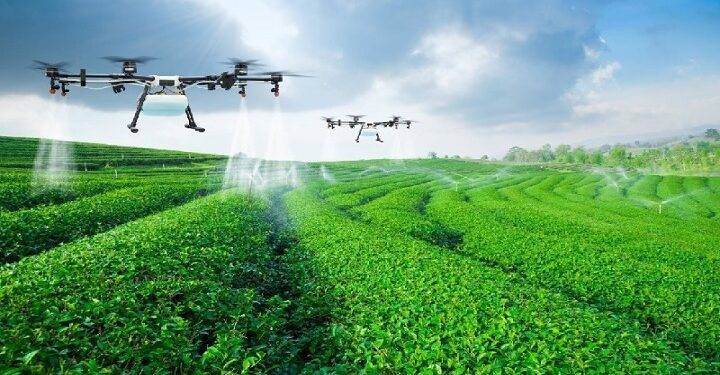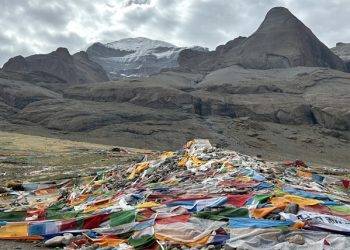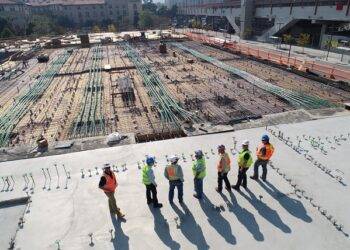In Vietnam, farming is a significant source of money for the country. Vietnamese GDP will be 41.6 percent service, 33.7% industry, and 14.9 percent in service and industry in 2020. Agriculture, aquaculture, and forestry each make up 14.9 percent of GDP. Agriculture’s contribution to GDP has decreased by 0.3% per year over the last decade, even though its value has doubled.
As a result, we have farming technology. “Ag-tech” is a term for technology used in farming. Its goal is to improve crop production, efficiency, and profitability. An ag-tech product, service, or application can help improve the input and output processes in agriculture.
In Vietnam, the tech industry can be looked into with far better prospect.
Even though Vietnam is a country that grows a lot of food, its tech industry is still behind the rest of the world. There are a lot of small-scale farmers in Vietnam, which has led to a lack of agricultural technology firms and projects. Farming technology (Ag-tech) hasn’t been around for very long in rural parts of Vietnam. Using technology in farming has been common in the Netherlands, Australia, and Israel for a long time. In Vietnam, it is still hard to use modern technology in farming.
Only by using biotechnology, automation and mechanization, and information technology can agricultural productivity be increased. These tools are essential for this goal, which the government sees necessary. Vietnam’s green economy could benefit a lot from ag-tech.
There are 12 places where high-tech farming has been given the go-ahead in Vietnam. People who live in Phu Yen, Bac Lieu, and Da Nang are the three most important provinces. This is to help farmers use high-tech farming methods. The SBV and other commercial banks have put together a VND 100 trillion ($4.37 billion) financial package for farmers.
As a significant exporter of agricultural and aquaculture products, Vietnam became a major player in the early 1990s. However, Vietnam has to choose between food security and economic growth. Vietnam needs to focus on rapid urbanization and industrialization, as well as agricultural diversification, to have a high rate of growth and be more efficient. As a staple food in Vietnam, rice will cut down on land used for farming and raise the risk of long-term food insecurity because rice is so important.
Opportunities
The cooperation between Vietnam and other countries with a lot of money in tech is on the rise now. As many as 12 agreements have been signed by the Vietnam Ministry of Agriculture and Rural Development (MARD) with countries like Japan, the Netherlands, Ireland, and Australia. They are called Memorandums of Understanding (Mo-Us).
Many local businesses have teamed up with foreign businesses and universities to share technology, invest, train, and develop products from which both sides can benefit. Most of the businesses in this area are large corporations or conglomerates that can afford to spend money on new agricultural technologies.
Partnerships with agricultural companies that want to make their farms more high-tech or find new technologies to improve their current abilities are suitable for international businesses.
The Internet of Things, smart farming, machinery and software, genetic and breeding, pest management, and more are some of the best ways to improve the world’s food and farming. People in Vietnam will use agtech more efficiently and quickly because of its low costs, easy use, and high efficiency.












